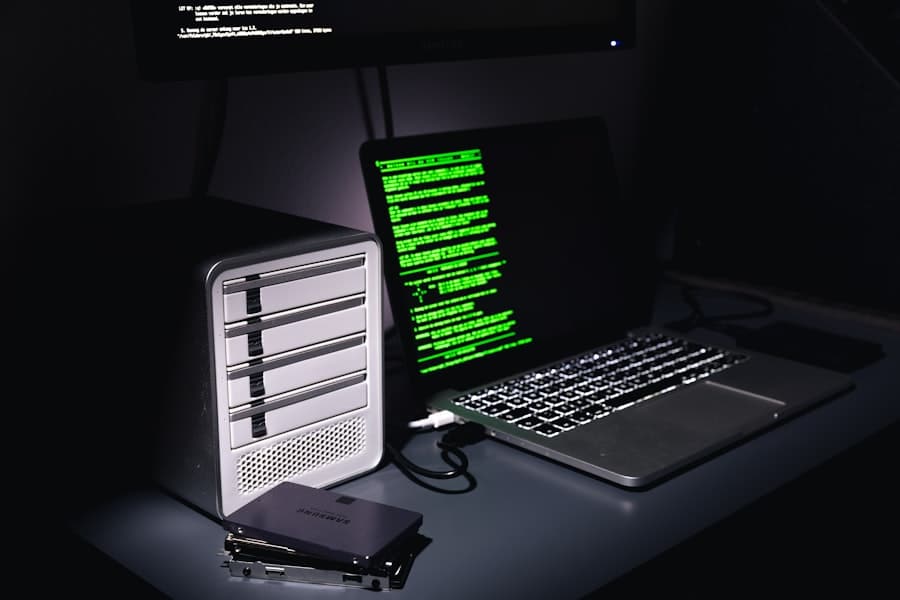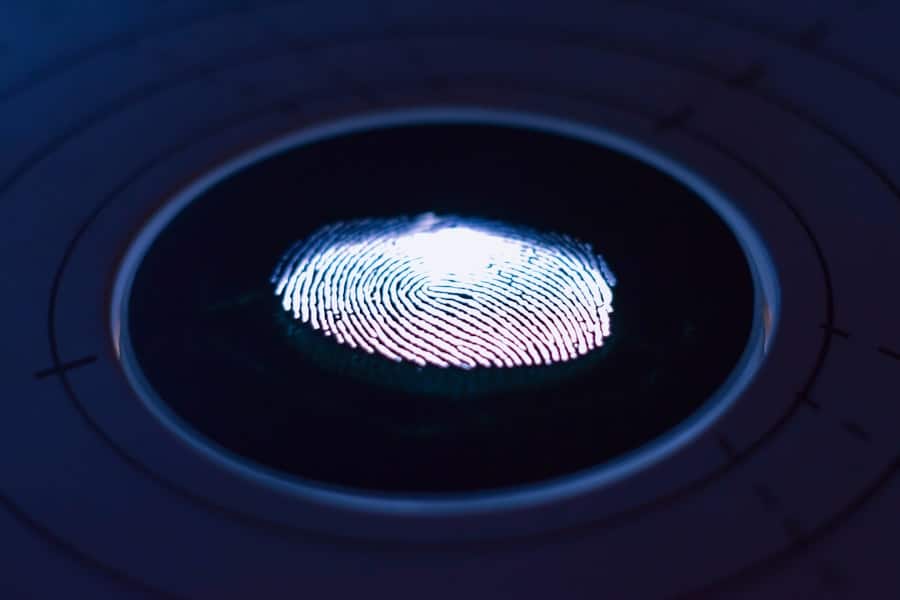Digital forensics is a specialized field that focuses on the recovery, analysis, and presentation of data from digital devices in a manner that is legally admissible. As technology continues to evolve at a rapid pace, the importance of digital forensics has surged, becoming an essential component in both criminal investigations and civil litigation. The discipline encompasses a wide range of activities, including the examination of computers, mobile devices, networks, and cloud storage systems.
Digital forensics not only aids law enforcement agencies in solving crimes but also assists organizations in understanding security breaches and mitigating future risks. The process of digital forensics involves several stages, including identification, preservation, analysis, and presentation of digital evidence. Each stage is critical to ensuring that the evidence collected is reliable and can withstand scrutiny in a court of law.
Digital forensic experts employ various tools and methodologies to extract data from devices while maintaining the integrity of the original evidence. This meticulous approach is vital, as any misstep in handling digital evidence can lead to its inadmissibility in legal proceedings, potentially jeopardizing the outcome of a case.
Key Takeaways
- Digital forensics is the process of collecting, analyzing, and preserving digital evidence to investigate cybercrimes.
- Cybercrime is a growing threat that requires the expertise of digital forensics to combat.
- Digital forensics plays a crucial role in identifying and prosecuting cybercriminals by analyzing digital evidence.
- Preserving digital evidence is important for maintaining its integrity and admissibility in legal proceedings.
- Despite challenges and limitations, digital forensics is essential in combating cybercrime and will continue to play a critical role in the future.
The Growing Threat of Cybercrime
In recent years, cybercrime has escalated into a significant global threat, affecting individuals, businesses, and governments alike. The rise of the internet and the proliferation of connected devices have created an environment ripe for criminal activity. Cybercriminals exploit vulnerabilities in software and hardware to commit a range of offenses, from identity theft and financial fraud to ransomware attacks and data breaches.
According to the Cybersecurity & Infrastructure Security Agency (CISA), cybercrime costs the global economy billions of dollars annually, with estimates suggesting that these losses could reach trillions in the coming years if left unchecked. The motivations behind cybercrime are diverse, ranging from financial gain to political activism or even personal vendettas. Organized crime groups have increasingly turned to cyber methods to enhance their operations, while state-sponsored actors engage in cyber espionage to gather intelligence or disrupt critical infrastructure.
The anonymity provided by the internet complicates efforts to track down these criminals, making it imperative for law enforcement agencies to adopt advanced techniques and tools to combat this growing menace effectively.
Understanding the Role of Digital Forensics in Investigating Cybercrimes

Digital forensics plays a pivotal role in investigating cybercrimes by providing law enforcement with the necessary tools to uncover evidence that may otherwise remain hidden. When a cybercrime is reported, forensic experts are called upon to analyze digital devices involved in the incident.
For instance, in cases of data breaches, digital forensics can help identify how attackers gained access to sensitive information and what vulnerabilities were exploited. Moreover, digital forensics is not limited to analyzing devices directly involved in a crime; it also encompasses network traffic analysis and cloud data examination. By scrutinizing logs and data packets transmitted over networks, forensic experts can trace the actions of cybercriminals and establish timelines of events leading up to an incident.
This comprehensive approach allows investigators to build a clearer picture of the crime and gather evidence that can be used in court.
The Importance of Preserving Digital Evidence
Preserving digital evidence is one of the most critical aspects of digital forensics. The transient nature of digital data means that it can be easily altered or destroyed if not handled properly. Forensic experts must follow strict protocols when collecting and preserving evidence to ensure its integrity.
This often involves creating bit-for-bit copies of hard drives or other storage media, known as forensic images, which serve as exact replicas of the original data without altering it. In addition to creating forensic images, maintaining a proper chain of custody is essential for preserving digital evidence. This chain documents every individual who handles the evidence, along with timestamps and actions taken during its handling.
A well-documented chain of custody helps establish the authenticity of the evidence and can be crucial during legal proceedings. If any part of this chain is broken or improperly documented, it could lead to challenges regarding the admissibility of the evidence in court.
How Digital Forensics Helps in Identifying and Prosecuting Cybercriminals
Digital forensics not only aids in identifying cybercriminals but also plays a vital role in prosecuting them effectively. By analyzing digital evidence, forensic experts can uncover patterns and connections that may link suspects to criminal activities. For example, IP addresses logged during an attack can be traced back to specific locations or individuals, providing law enforcement with leads to pursue further investigations.
Furthermore, digital forensics can help establish intent and motive by revealing communications between suspects or their online activities leading up to a crime. In cases involving financial fraud, forensic analysis can track illicit transactions through various accounts and platforms, painting a comprehensive picture of the criminal’s operations. This level of detail is invaluable during prosecution, as it allows legal teams to present compelling evidence that supports their case against the accused.
Challenges and Limitations of Digital Forensics in the Age of Cybercrime

Despite its critical role in combating cybercrime, digital forensics faces numerous challenges and limitations. One significant hurdle is the rapid pace at which technology evolves. New devices, operating systems, and applications are constantly being developed, often outpacing forensic tools designed to analyze them.
This creates a knowledge gap for forensic experts who must continuously update their skills and tools to keep up with emerging technologies. Additionally, encryption poses a formidable challenge for digital forensics. As more individuals and organizations adopt encryption technologies to protect their data, accessing this information becomes increasingly difficult for forensic investigators.
While there are methods available to bypass certain encryption protocols, they often require significant time and resources, which may not always be feasible in urgent investigations. Furthermore, legal and ethical considerations surrounding privacy rights complicate matters when attempting to access encrypted data during investigations.
The Future of Digital Forensics and Its Role in Combating Cybercrime
Looking ahead, the future of digital forensics appears both promising and challenging. As cybercrime continues to evolve with advancements in technology, so too must the field of digital forensics adapt to meet these new threats. One potential area of growth is the integration of artificial intelligence (AI) and machine learning into forensic processes.
These technologies can enhance data analysis capabilities by automating repetitive tasks and identifying patterns within vast datasets more efficiently than human analysts alone. Moreover, collaboration between law enforcement agencies and private sector cybersecurity firms is likely to increase as both parties recognize the importance of sharing knowledge and resources in combating cybercrime. Joint task forces that combine expertise from various fields can lead to more effective investigations and quicker responses to emerging threats.
Additionally, as public awareness about cyber threats grows, there will be an increased demand for professionals skilled in digital forensics across various sectors beyond law enforcement.
The Critical Need for Digital Forensics in the Fight Against Cybercrime
In an era where cybercrime poses an ever-growing threat to society, the role of digital forensics has never been more critical. As criminals become more sophisticated in their methods, so too must our approaches to investigating and prosecuting these offenses evolve. Digital forensics provides essential tools for uncovering evidence that can lead to successful prosecutions while also helping organizations safeguard their digital assets against potential breaches.
The challenges faced by digital forensics professionals underscore the need for ongoing education and innovation within the field. As technology continues to advance at an unprecedented rate, staying ahead of cybercriminals will require a concerted effort from law enforcement agencies, private sector partners, and educational institutions alike. Ultimately, investing in digital forensics is not just about solving crimes; it is about protecting individuals and organizations from the pervasive threat posed by cybercriminals in our increasingly interconnected world.
In the rapidly evolving landscape of cybercrime, digital forensics has become an indispensable tool for law enforcement and cybersecurity professionals. As cyber threats grow more sophisticated, the ability to effectively analyze and interpret digital evidence is crucial for solving crimes and preventing future attacks. A related article that delves into the technological advancements aiding in this fight is


